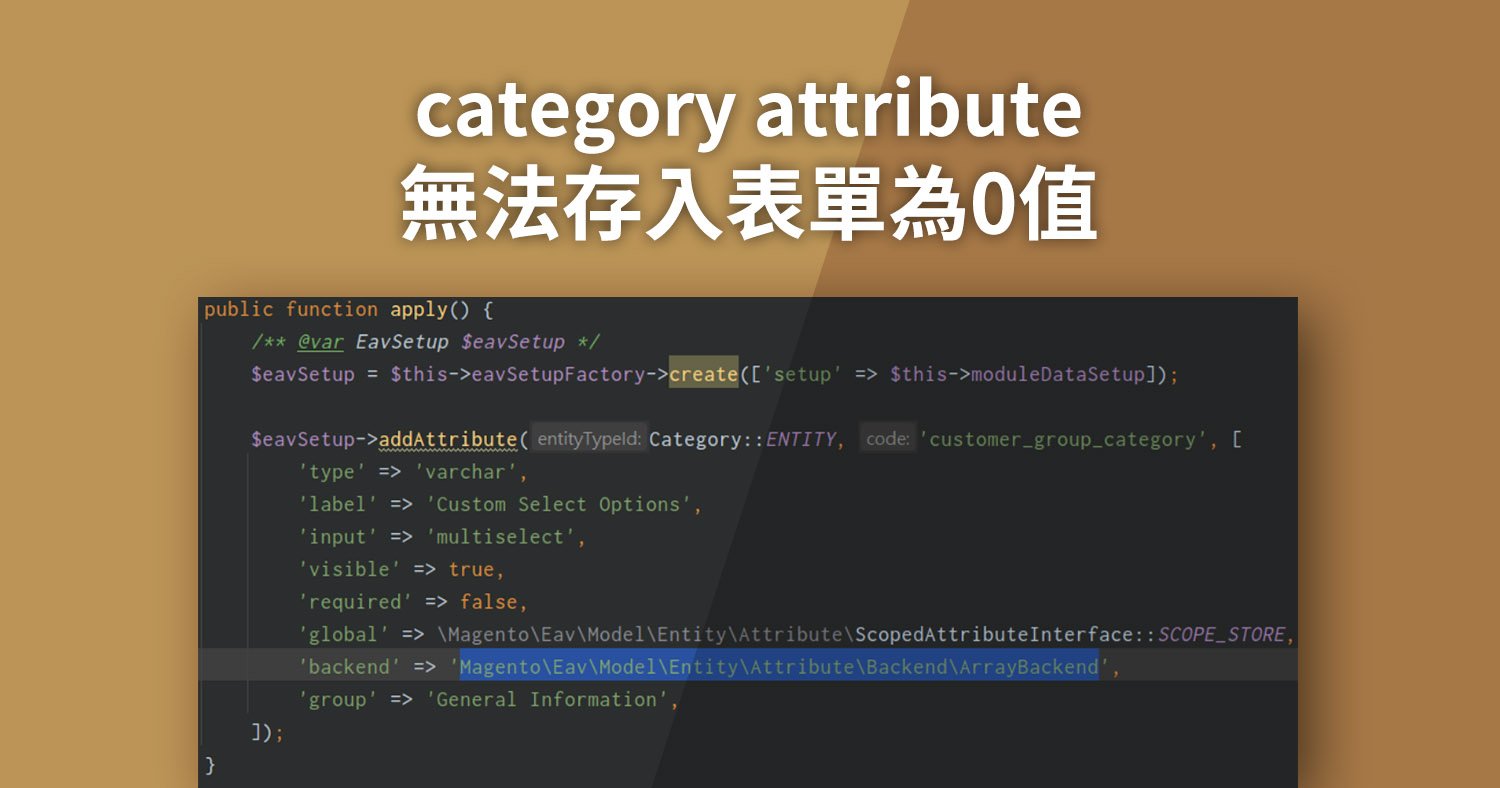Sass Map的使用

本篇文章將來教大家關於Sass Map的應用,來提升工程師在開發與維護程式時的品質,現在就讓我們一起來看看吧。
在 Bootstrap 3當中,設置button顏色的方法如下。
// Alternate buttons
// --------------------------------------------------
.btn-default {
@include button-variant($btn-default-color, $btn-default-bg, $btn-default-border);
}
.btn-primary {
@include button-variant($btn-primary-color, $btn-primary-bg, $btn-primary-border);
}
// Success appears as green
.btn-success {
@include button-variant($btn-success-color, $btn-success-bg, $btn-success-border);
}
// Info appears as blue-green
.btn-info {
@include button-variant($btn-info-color, $btn-info-bg, $btn-info-border);
}
// Warning appears as orange
.btn-warning {
@include button-variant($btn-warning-color, $btn-warning-bg, $btn-warning-border);
}
// Danger and error appear as red
.btn-danger {
@include button-variant($btn-danger-color, $btn-danger-bg, $btn-danger-border);
}
而在Bootstrap 4當中,設置的方法簡化成了
//
// Alternate buttons
//
@each $color, $value in $theme-colors {
.btn-#{$color} {
@include button-variant($value, $value);
}
}
這是因為 Bootstrap 4 使用了 Sass Map。
Sass Maps讓變數變成了資料的群組,有點像是json的資料組合,也有點像是javascript的物件(object)。應用得當的話、可以省去大量重覆的代碼。
基本的Sass Maps範例:
$map: (
key0:value0,
key1:value1,
key2:value2,
key3:value3
);
在寫Sass Maps的時候,要特別注意幾點:
- 最後一個key/value後面的逗號可以省略
- key的名稱不能重複,否則會編譯錯誤
- key/value的名稱可以是許多資料類型(數字、字串、布林等等)
@each批次產生樣式
原本Bootstrap 3 的寫法,每新增一組不同顏色的按鈕、就要手動新增一組設定:
.btn-default {
@include button-variant($btn-default-color, $btn-default-bg, $btn-default-border);
}
.btn-primary {
@include button-variant($btn-primary-color, $btn-primary-bg, $btn-primary-border);
}
但在Bootstrap 4當中, @each+Sass Maps讓整個程式碼、變得簡潔多了。
@each $color, $value in $theme-colors {
.btn-#{$color} {
@include button-variant($value, $value);
}
}
如果需要新增新的按鈕顏色,只要在生成按鈕的程式碼之前添加顏色的設定就可以了。底下的作法是使用map-merge將$theme-colors-b和原有的$theme-colors 2個map合併起來。
$theme-colors-b: map-merge(
(
"bbb": #bbb,
"ccc": #ccc,
"ddd": #ddd
),
$theme-colors
);
@each $color, $value in $theme-colors {
.btn-#{$color} {
@include button-variant($value, $value);
}
}
以往我們從icon font 的網站下載回來的CSS大多長這樣:
.icon-star-border:before {
content: "\e900";
}
.icon-star-full:before {
content: "\e901";
}
.icon-graph-c:before {
content: "\e902";
}
.icon-locator:before {
content: "\e903";
}
.icon-medal:before {
content: "\e904";
}
.icon-export:before {
content: "\e905";
}
.icon-filter:before {
content: "\e906";
}
.icon-globe:before {
content: "\e907";
}
.icon-calendar:before {
content: "\e908";
}
.icon-tips:before {
content: "\e909";
}
如果我們用@each+Sass Maps 改寫就會變成這樣子:
$icons: (
"star-border": "\e900",
"star-full": "\e901",
"graph-c": "\e902",
"locator": "\e903",
"medal": "\e904",
"export": "\e905",
"filter": "\e906",
"globe": "\e907",
"calendar": "\e908",
"tips": "\e909"
);
@each $name, $code in $icons {
.aaa-#{$name}:before {
content: $code;
}
}
是不是容易閱讀多了呢?
若是想直接提取map裡的某一組數值的話、可以使用 map-get
$mycolors: (
$blue: #007bff,
$indigo: #6610f2,
$purple: #6f42c1,
$pink: #e83e8c,
$red: #dc3545,
$orange: #fd7e14,
$yellow: #ffc107,
$green: #28a745,
$teal: #20c997,
$cyan: #17a2b8
);
.mybox{
color: map-get($mycolors,$blue);
background: map-get($mycolors,$purple)
}
前面icon的範例也可以改寫成底下的樣子:
$icons: (
"star-border": "\e900",
"star-full": "\e901",
"graph-c": "\e902",
"locator": "\e903",
"medal": "\e904",
"export": "\e905",
"filter": "\e906",
"globe": "\e907",
"calendar": "\e908",
"tips": "\e909"
);
@each $name, $code in $icons {
.aaa-#{$name}:before {
content: map-get($icons, $name);
}
}
希望大家還喜歡本篇文章的資訊分享,我們會持續更新相關開發資訊,不要忘記訂閱我們的電子報,並追蹤我們的FB與IG,才能在第一時間獲得第一手資訊喔!







我要留言